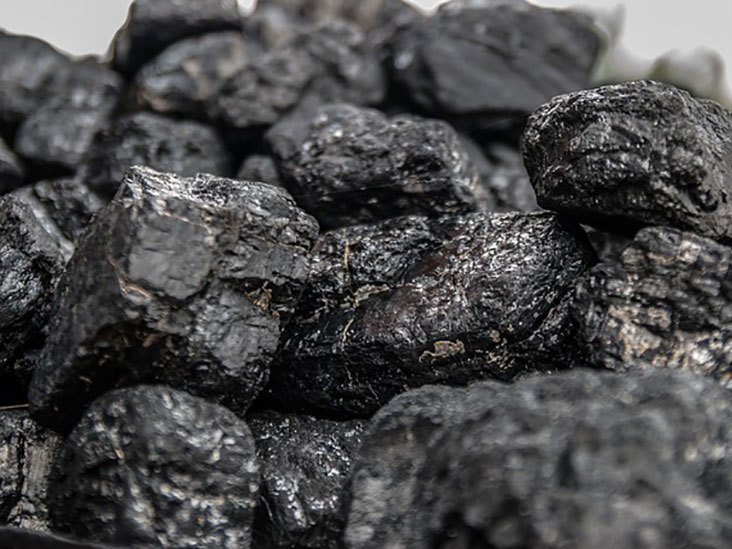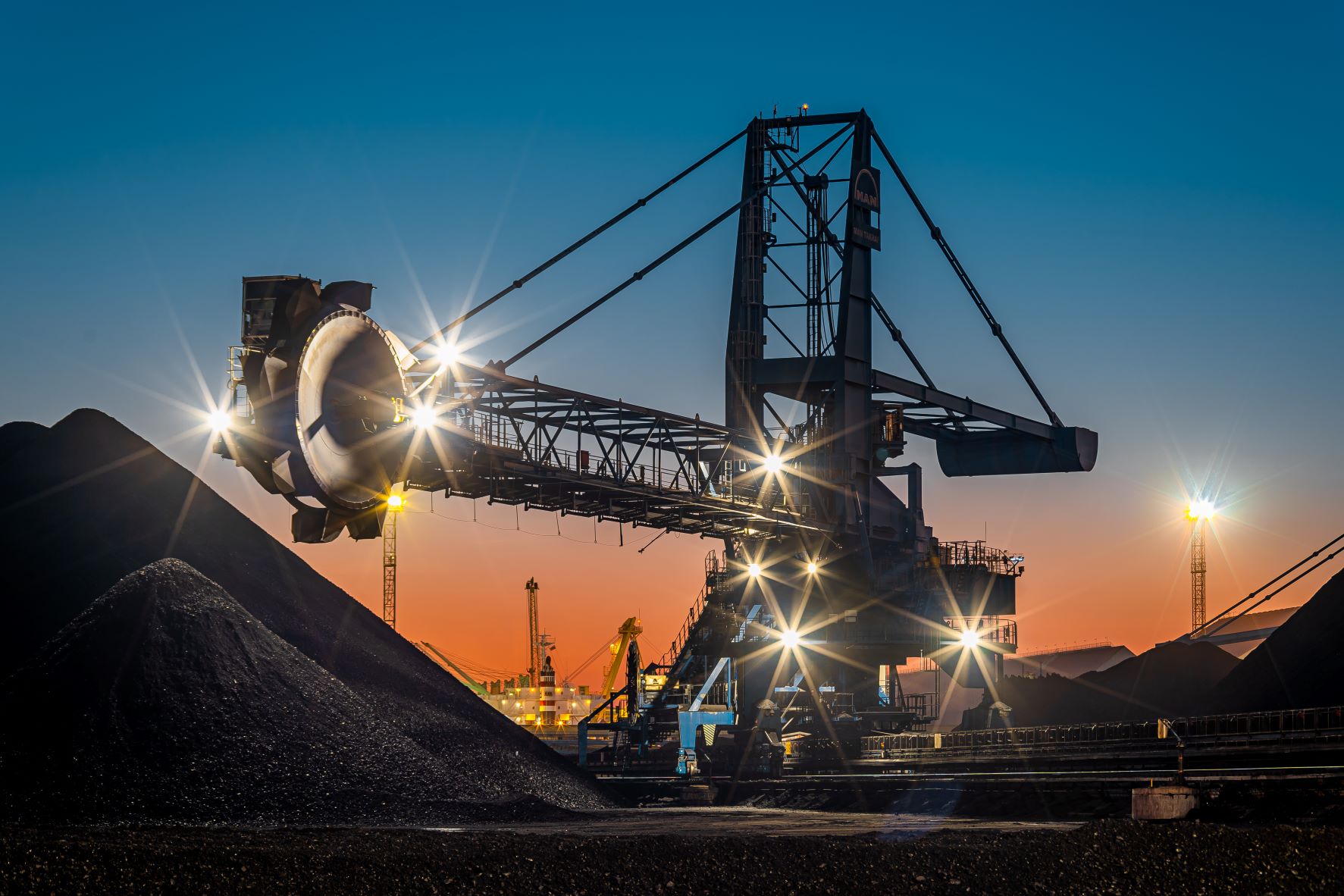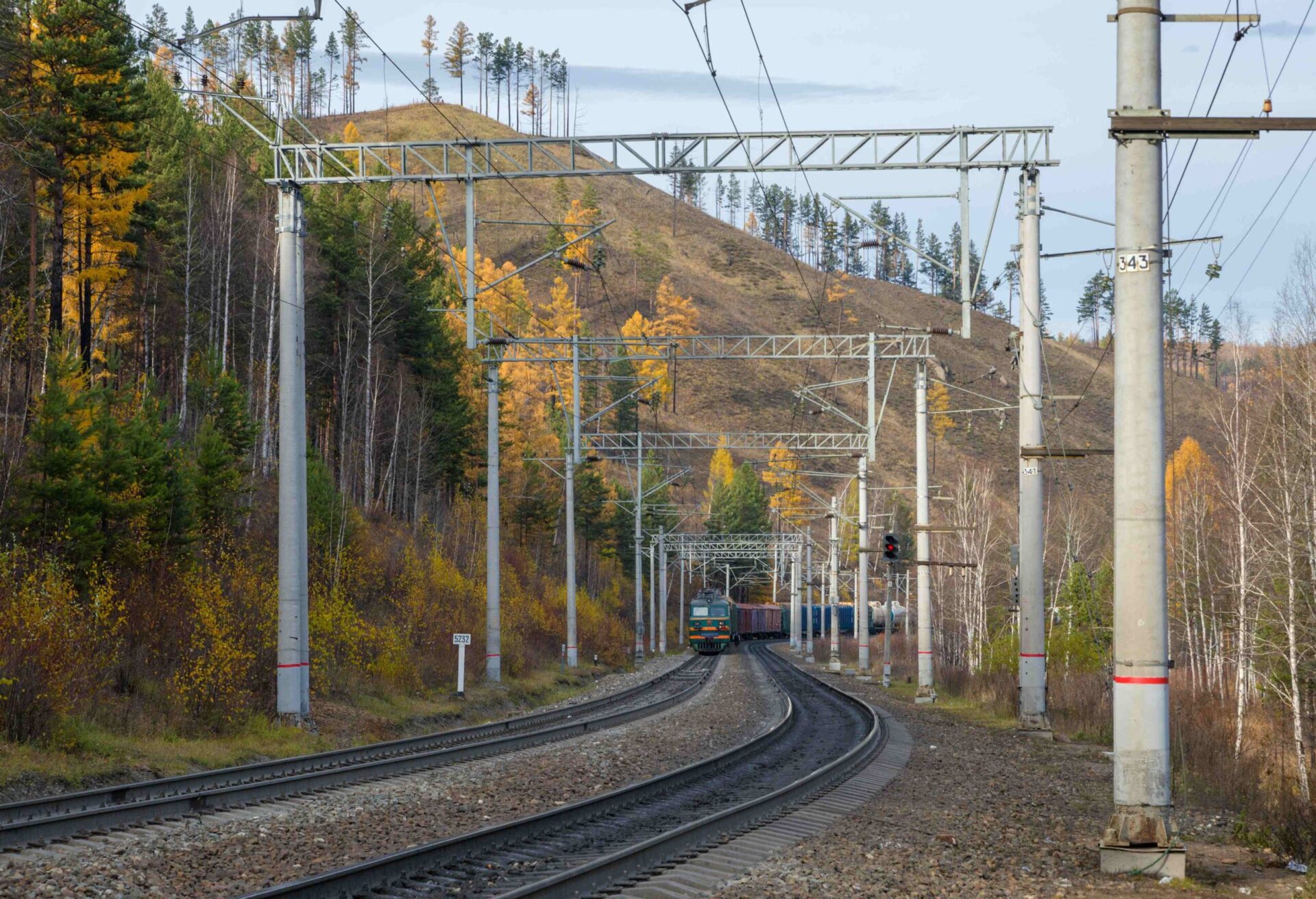

(Montel) The front-quarter API 2 contract has risen more than 3% from the end of last week to USD 59.20/t at Thursday’s close, while the front year was up 2.4% on the week to USD 59.70/t on Friday, Ice Futures data showed.
The former contract reached its highest on a rolling basis since early December 2019 on Thursday of USD 59.60/t.
“Coal is in a healthy upward trend now and the market seems to be expecting good winter demand,” said a German trader said.
Another analyst was also upbeat on the outlook for coal this winter.
“We now see some of the first switch-back happening in Germany, with coal and lignite regaining market share and pointing to the limits of this fragile recovery [of gas-fired power production seen this summer],” he said.
Coal generation across Europe has accounted for an average 15% share of the power mix over the past month, compared with the prior year-to-date average of 12%, according to data from Finnish technology group Wartsila.
Furthermore, there were lingering concerns about supply.
“There is a distinct lack of obvious bearish catalysts at the moment,” said independent coal analyst Plamen Natzkoff.
He said Atlantic basin supply appeared tight, due in part to disruptions in Colombia, although further price gains would depend to some extent on Asia-Pacific market developments.
“Fundamentals in China and rest of Asia are stronger coming into the fourth quarter, and this should be one of the drivers for the market in the coming weeks.”
A strike which has already lasted nearly six weeks at one of Colombia’s largest coal producers, Cerrejon, shows few signs of a near-term resolution.
Cerrejon spokeswoman Laura Castro said late on Monday the company was awaiting mediation from the labour ministry in order to kickstart negotiations between the two sides.
“Both sides are so entrenched, it is hard to see how a quick resolution can be found,” said an analyst with a trans-Atlantic coal supplier.
At the same time, coal miners at one of South Africa’s largest coal producers, Exxaro – which exported around 9m tonnes last year – are preparing for widespread strike action after salary negotiations collapsed.
Despite the ready availability of alternative supplies from Russia at present, volumes may diminish over the coming months – amid reductions in production and heightened exports to Asia – and those that are on offer will come at a cost.
“The Russians are the ones happily jumping in to fill any supply gap, but they are asking a [high] price for that,” said an analyst with a European energy firm.
A Russian coal trader said miners were cutting back on production and selling off stocks, noting it was unclear how much longer it would take to clear the excess inventories.
September production was down 12% on the year at 1.1m tonnes/day, despite a 9% jump in exports, provisional Russian government estimates showed.
Follow Montel on Twitter:
[tfws username=”montelnews” height=”700″ width=”350″ theme=”light” color=”#FAB81E” tweets=”2″ header=”yes” footer=”yes” borders=”yes” scrollbar=”yes” background=”yes”]













